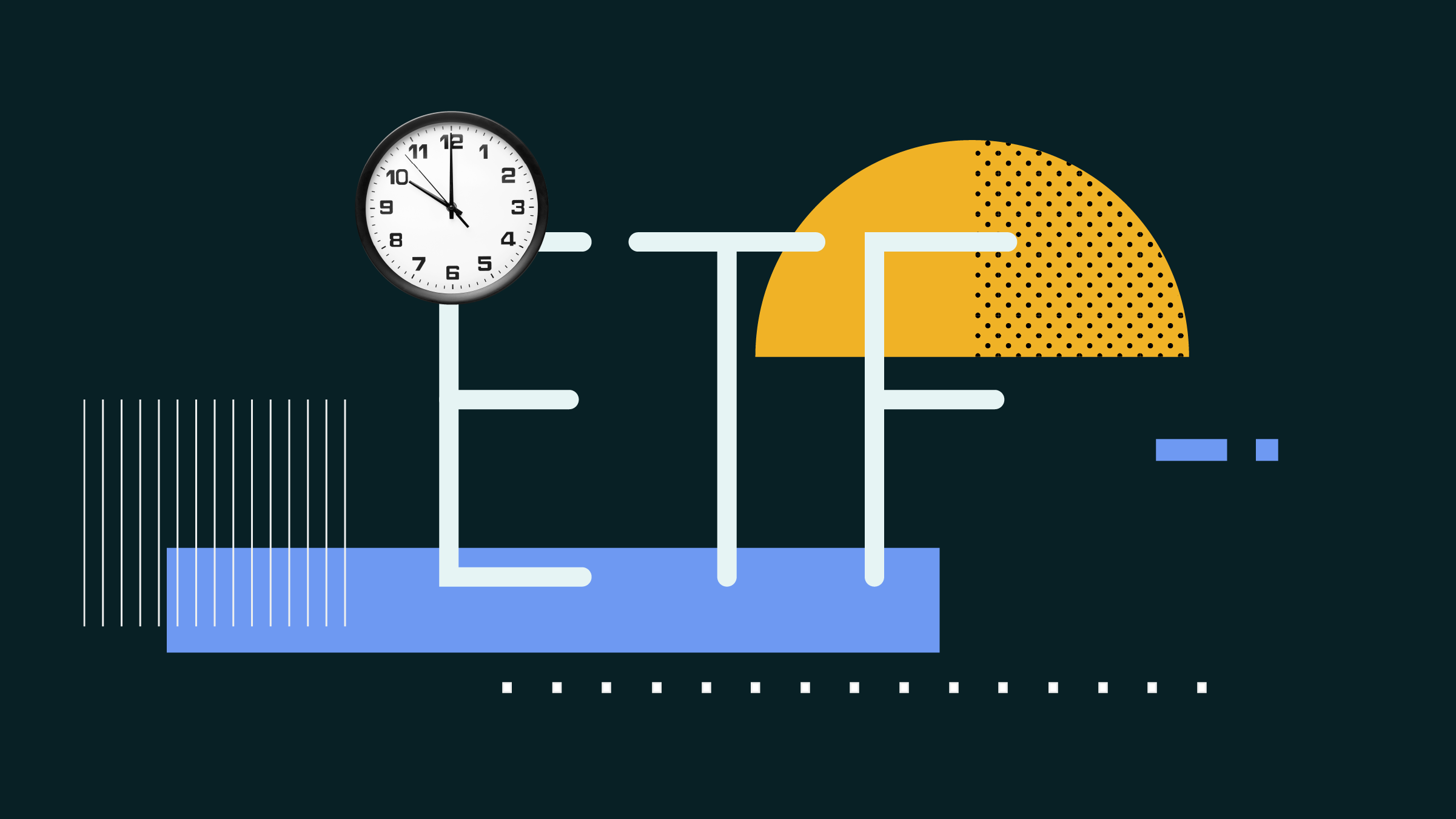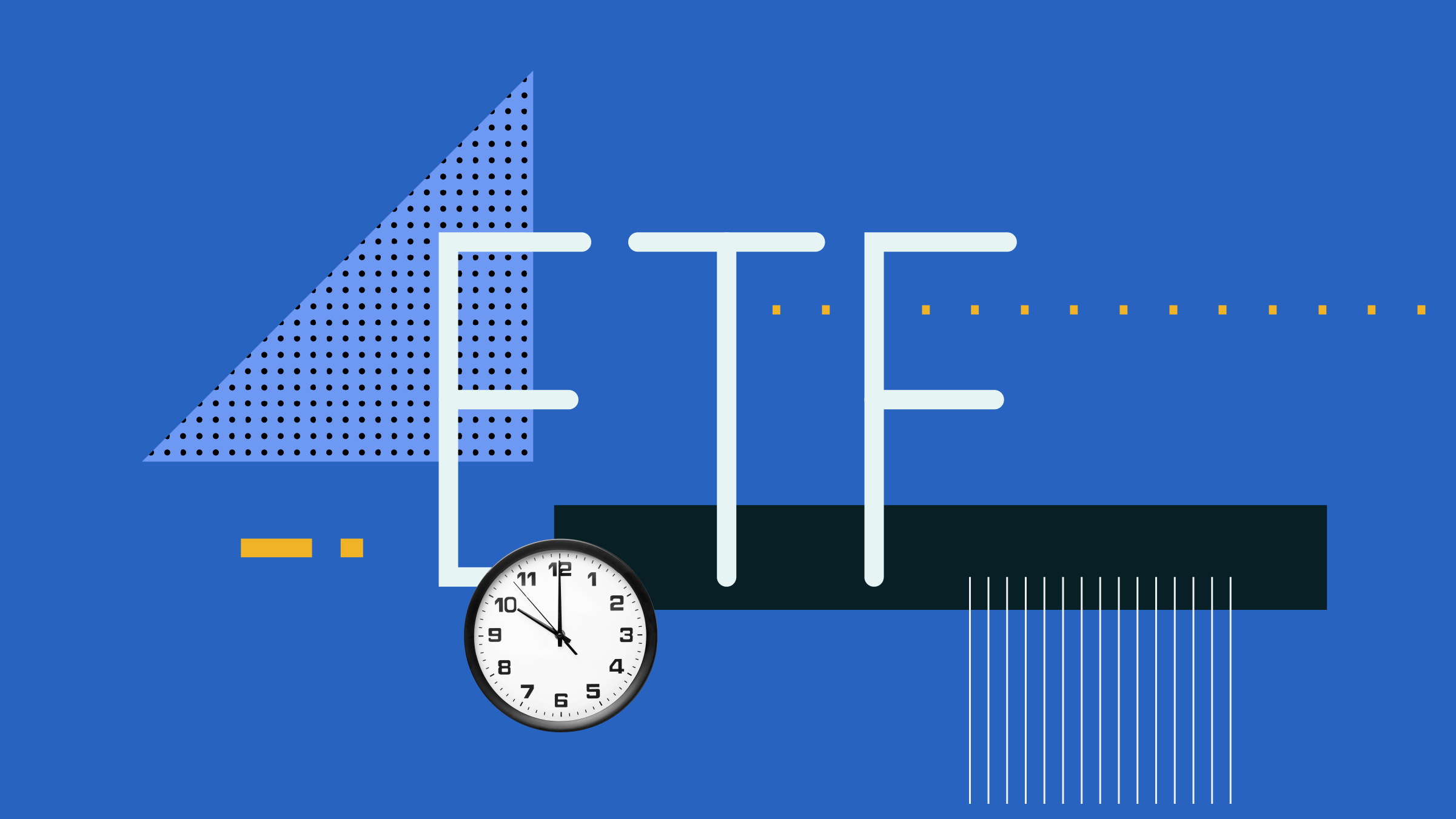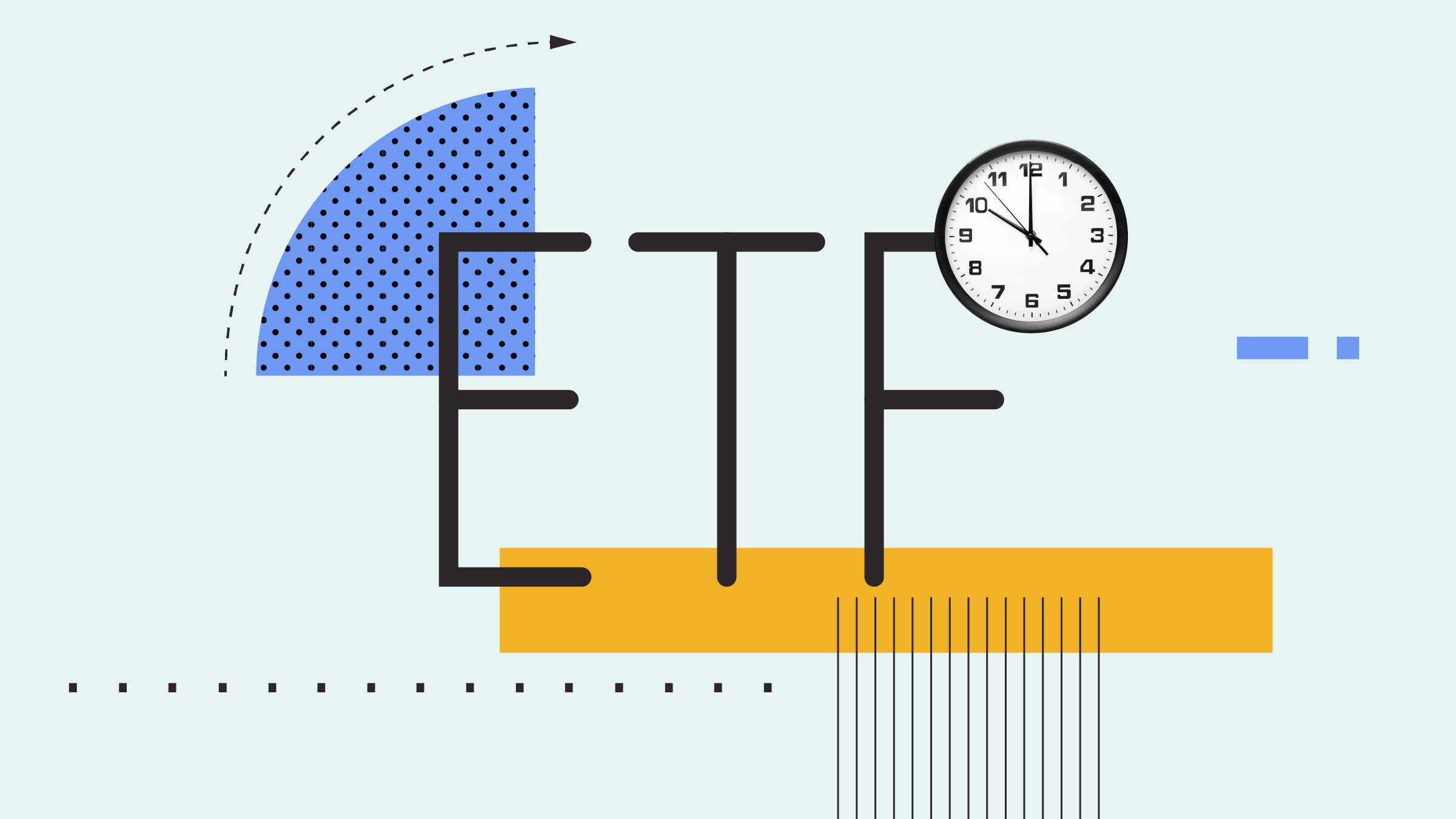Editor's note: As part of its thought-leadership initiatives on the Client Relationship Model, phase two -- known as CRM2 -- Morningstar held an Executive Forum in Vancouver to discuss what new disclosure requirements will mean for investor-advisor relationships and the investment industry as a whole.
Our executive panellists: Sandy Martin, senior vice-president and chief compliance officer with the full-service investment dealer Raymond James Ltd.; Tom Bradley, president of Steadyhand Investment Management Ltd., a direct-sales fund company; and Warren Funt, who manages operations in Western Canada for the Investment Industry Regulatory Organization of Canada (IIROC). Held on Oct. 29, the panel was moderated by Morningstar editor Rudy Luukko. In the first of a two-part series this week, we present excerpts from the panellists' opening remarks:
Warren Funt: CRM comes down to four main aspects: conflict-of-interest management, enhanced account disclosure, enhanced suitability assessments and greater transparency to investors. A good portion of CRM1 is in effect, but portions of CRM2 are also in effect. The remaining parts will come into effect over the next couple of years if all goes according to plan.
Within CRM, I think some of the more difficult areas have been the reforms relating to account fees and to account performance, which are yet to come. It's important that the industry and investors and the regulators all be aligned in terms of a common goal, a common outcome, which is to help investors succeed.
CRM sometimes gets positioned as being radical or new. It's fair to remind everybody that it has been a long-standing requirement under the securities acts that registrants are required to act fairly, honestly and in good faith. CRM builds on that.
In terms of successful implementation, there is a fair amount of education, but there is also a fair amount of cutting through the details and helping the advisors and the clients understand the purpose of what we're trying to do and why it's in both of their interests. That is perhaps where our efforts are most targeted and where we see the greatest challenge and perhaps the greatest upside.
It's doing a better job of delineating what the advisor does and how much they get paid to do it, and measuring their performance and what the client does and what the client can expect of the advisor.
At IIROC, we certainly recognize that there are real challenges in terms of the implementation. We appreciate that this is expensive, time-consuming and difficult for all types of firms to implement. We have been very active as the policy has been developed over time to be consultative through our many committees which exist across the country.
We are recognizing this as being a significant policy initiative, and recognizing the implementation challenges. IIROC is directing as many of its resources as possible to the industry to assist the industry in its implementation.
Tom Bradley: Client satisfaction isn't as high as it should be. As a result, client behaviour is impacted. There is more churning. More people are moving around because they don't know what their fees are. They don't know how they are doing. Client returns aren't nearly as high as the returns of the products they invest in. It's been dubbed the behaviour gap and it is a huge gap.
So CRM2 is deserving of our capital allocation and our management time and our disruption to our businesses. I got some intelligence from my partner in Toronto on how the Toronto CRM2 session went, and there was a quote there that this is draining resources away from other things we could do for our clients. I would ask this group: What better thing could we do for our clients than CRM2 and what it brings to the client relationship?
Again I'm generalizing, but reporting in our industry compared to any other industry out there is brutal. If you think about how we all compete against each other, we pitch our prospects and we tell them we're going to provide better returns and we're going to do better for them over time. And then, in a lot of cases, we don't close that feedback loop and come back and tell them how they've actually done, how we succeeded in delivering those returns. There should be an urgency here.
We've got boomers heading into retirement. Fewer and fewer of them have pension plans, so they are out there on their own. There is a huge push for literacy from the government and parts of the industry, and probably the most important part of literacy is knowing how you've done and what you are paying.
As far as engaging clients and building a relationship, I think, it’s a huge opportunity. Sure, a lot of the spending is to get over the hump and make sure that the regulators don't chew our heads off, but it's also going to leave us with better firms, better relationships with our clients and clients that fit better with our models.
Sandy Martin: CRM2 is a game-changer. There is going to be pressure on advisors and on firms to change the way that they are conducting business and the way that they are operating in order to comply with the standards and to sustain business.
The first area that I thought I'd address was portfolio managers. The biggest change that I think they are going to see is the change from time-weighted to money-weighted calculations. The goal of the regulators is to make sure that clients can actually see their goal being achieved and the dollar-weighted or money-weighted methodology is a better way to approach that.
There is no prohibition from publishing both time-weighted and money-weighted but I think it will add to client confusion. I really believe that when all is said and done, making sure that clients have a good perspective on how this is to unfold is one of the major considerations that people have to look at when they are developing their program.
On the advisor side, the firms will be sending out a disclosure of the expenses that clients have incurred for the last year. At about the same time, they are going to get another document that talks about the profitability or the performance that a client would have received. Clients are going to be in a position where they've got to look at those two things and sort out whether or not the advisors are doing a great job for them or not.
We're probably going to see people making decisions about whether to invest because fees are fairly high and we all know that mutual funds have relatively high fees in the DSC (deferred sales charge) program and in the front-load programs. I think advisors are going to decide whether or not they'd be better off putting people in ETFs instead. That type of activity will probably drive behaviour such that mutual funds will be under pressure and their margins will fall.
People that are closet indexers as portfolio managers are also going to find themselves competing with ETFs, and they probably will have difficulty as well. So there probably will be some consolidation.
Next: Will new disclosure rules prompt an investor migration?



















